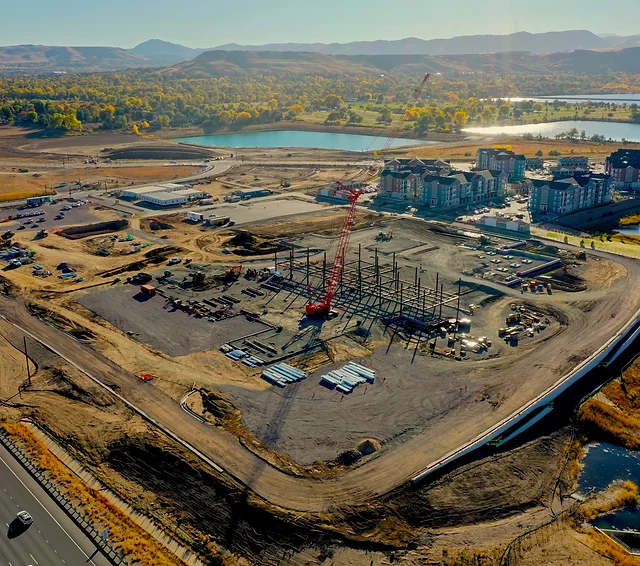Direct Improvement to the Next Project
Last Planner improvement by the same team on successive projects

Background
The majority of team members on a replacement hospital project (RH-1) carried forward to a successive replacement hospital project (RH-2). The RH-1 design and preconstruction team implemented LPS early in SD and carried through construction. The Integrated Project Team RH-2 also implemented the Last Planner System (LPS) as a means of production planning and control.
Obstacle
Despite great previous success in managing schedule and meeting an aggressive milestone for first patient on RH-1, the owner challenged the team to continue to improve and to take their implementation of Last Planner System to the next level on RH-2.
Approach
As an initial improvement recommendation, The RH-2 team implemented vPlanner as a planning software for the LPS effort in the design phase. This constituted pull planning, weekly work planning, status of commitments, capture of reasons for plan variance, and monitoring of measures and metrics.
Pull Planning – We facilitated multiple pull planning sessions for various design and preconstruction streams on the project, including design packages, board approval of the project, and mobilization in the field.
Weekly Work Planning – The project team convened weekly to review and status planned activities from the past week, re-planned incomplete work, and planned new work. The team monitored planning metrics.
Access to the Plan – the plan was visible and utilized in all project venues, including the Big Room and in Cluster Group meetings. Team members were encouraged to add work to the plan and to status on their own as they completed work, rather than waiting for the weekly work planning status meeting.
Result
As members moved from RH-1 on to the RH-2 team, experience in reliable promising carried forward, resulting in a 16% PPC improvement from one project to the next.. The team spoke often about reliability and the goal to treat the project as a network of commitments. The team met numerous design and preconstruction milestones successfully and frequently engaged in ad hoc planning sessions to problem solve when needed.
Lessons Learned
There is always room for improvement. No, really – there is!
Organize activity into work streams and then pull to the right milestone. It is difficult to pull plan multiple work streams to multiple milestones at the same time, even if the same team will perform the work concurrently.
Recommendation: Develop a pull plan for each work stream on a project.
Treat “plan” as a verb, not a noun. Sometimes teams pull to a milestone and then work until the next milestone. The best results come from weekly status and re-planning of activities that ties to the next milestone, asking if the team is early, late, or on track.
Recommendation: Anchor weekly planning to the next milestone to truly leverage the pull plan.